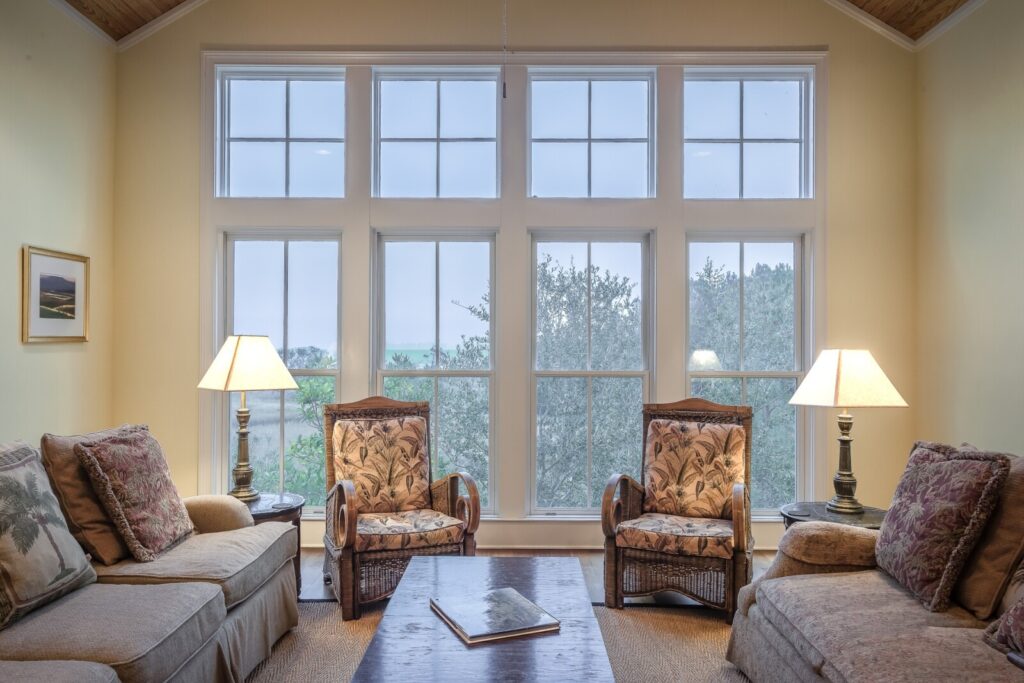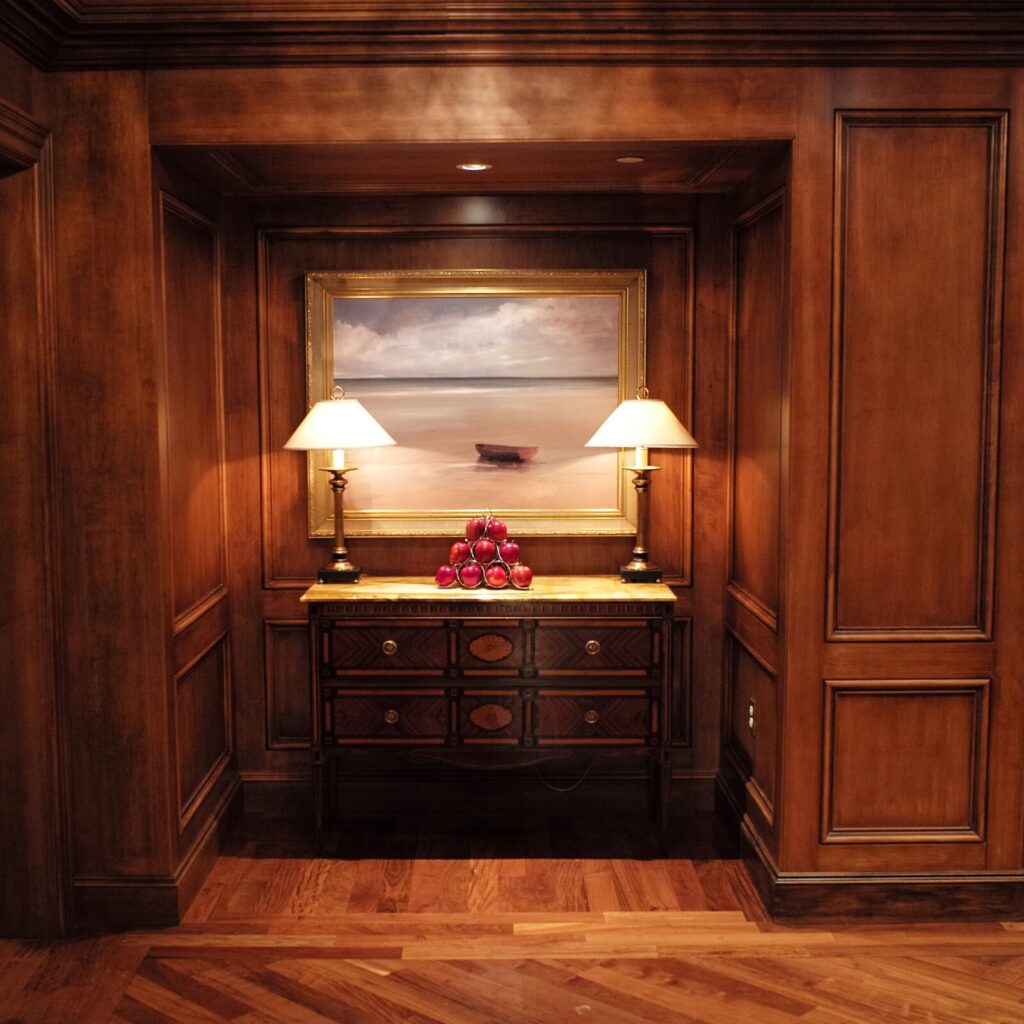The Glowing Options for Floor Lamps in Your Living Room
Lamps can brighten up dark corners of a room, add the finishing touch to a bookshelf, or provide light in an area too dark to read. A floor lamp’s placement depends on its function. Is it a reading lamp? Do you want it to highlight artwork? Also, take into account the size and type of furniture in your room. One sizeable central light is enough, or you might need additional lamps to add more light and balance the look of your space.

How to Brighten Up Your Living Room with Floor Lamps
Before Placing Your Floor Lamp, Think About Its Function
To ensure that your floor lamp is doing what it’s supposed to do, consider its function. The primary function of any lamp is to provide light, but an accent light can also add a decorative element or make the room look cozier. You may want to place a lamp on each side of the couch so that both you and your guests can see whatever you’re watching on TV. Or you might want some extra light on one side of the room so that when there’s no sun outside, it feels like rays are coming through the window (and isn’t this what we all want?). If you’re looking for something more functional yet still stylish, consider placing wall sconces around your living room instead; they’ll illuminate every corner without taking up any space!
Place Your Lamps Near Furniture And In Corners
When deciding where to place your lamps, you should keep a few guidelines in mind. First and foremost, you want to ensure that your lamps are near the furniture they’re meant to illuminate. If your couch is situated in the corner of a room, placing a lamp in the same corner will give off an even amount of light without casting shadows on any walls or other furniture.
Another good idea is placing lamps near windows—they will help brighten up dark spaces by using natural light from outside. Again, this can be done without unwanted shadows since windows usually bring in plenty of illumination during daytime hours (and if not enough, we have some tips on how much light you need).
You should also make sure to put them near doorways: these areas often have less natural light due to being enclosed by walls or doors that don’t let through enough sunshine during winter months; therefore, having one nearby can help reduce eye strain as well as increase safety at night time (by providing better visibility).
Use Lamps To Add More Light To Your Room

The Glowing Options for Floor Lamps in Your Living Room
- Use floor lamps to add light to dark corners. The living room is often a room with lots of windows, making it hard for you to see in certain areas at night. If you’re working on something that requires good lighting, it’s worth investing in a couple of suitable floor lamps.
- Use lamps to add light to dark corners. If your living room has dark corners, such as those near your bookshelves or entertainment center, you should consider adding wall-mounted lighting beside the window so that you can still read at night despite the lack of natural light.
The Following Section Provides Tips On How To Choose Lamps For The Living Room
- The lamp post should be attached to the middle pole.
- Attach the bottom lamp post to the middle pole.
- Using a screwdriver and hex nut driver set, screw the lamp post bottom to the lamp base.
- Attach the light bulb protection ring of a shade to the light bulb connector. Next, snap the shade protection ring to the shade holder ring bracket by pushing down on each side.
- With pliers and a flat head screwdriver, screw in the light bulb of your choice.
Where to Place Your Floor Lamp

Where to Place Your Floor Lamp
The floor lamp should be placed in the corner of the room. The table lamp should be placed on your coffee table, sofa table, or side table. The wall lamp should be placed on one side of the fireplace, near the hearth, or facing down towards the floor. 1StopLighting.com offers an extensive line of lighting to enhance your home or workplace. You can find floor lamps and other types of fixtures on the site, with each one featuring a different style and design. Many of the items come with free shipping, so you don’t have to worry about paying extra for delivery.
First: Direct light toward your living room corners by placing lamps on tables and shelves. As a result, dark corners will be evenly illuminated, making them look larger than they are and highlighting any architectural features such as windows, doors, or high ceilings in those areas.
Second:
With a wall lamp, cast a soft shadow. Put them on both sides of the fireplace to cast light upwards at ceiling beams or downwards at rugs beneath them (this will add comfort and warmth to the space). You can also use this trick if there’s no fireplace – hang two lamps from hooks along each side wall so that one is slightly higher than its counterpart (this creates depth).
Third: Position your floor lamp to the side of your reading chair so that its bottom edge is about eye level for easy reading without straining eyes; adjust accordingly based on height preference/needs!
Conclusion
Now that you know how to place lamps in your living room, you can use these tips in any space! Consider the lamp’s function as well as the size of the room when choosing a lamp. Enjoy your decorating!


